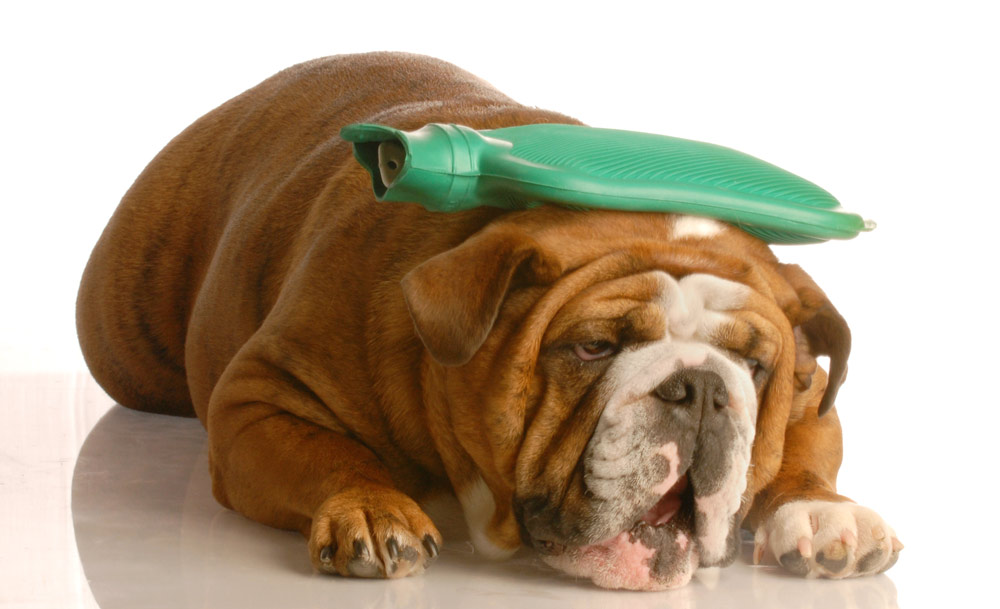
Oh, the (perimenopausal) tides they are a changin’!
Welcome to your 40’s, ladies (and all genders cause, well, we’re all in this together)!
As we approach menopause our estrogen & progesterone levels begin to decline and many women find that:
Our cycles are less predictable — they’re shorter or longer, heavier or lighter.
We’re undersleeping and momentarily overheating. Hot flashes are no joke!
Our moodiness is reminiscent of those challenging puberty years.Our libidos
decline. . . Wait, what’s a libido?’ you say.What is perimenopause? Most women experience perimenopause for many years until reaching menopause which, by definition, is when we’ve been without a period for 12 months and our ovaries have stopped releasing eggs. Menopause commonly occurs right around age 50 and the marathon of perimenopause can be quite a journey. Thankfully, we have some herbal allies willing to coach us along the way so we don’t necessarily have to resort to managing symptoms with sleep meds, antidepressants and anti-anxiety meds, or hormones. That said, while hormone replacement therapy (HRT) is not without risks, sometimes it is the right path for some women. Be sure to consult with a qualified herbalist, naturopath or functional medicine doctor to determine the best approach for your unique needs.What are hot flashes? Hot flashes are one of the most common symptoms and are caused by a change in hormones resulting in a quick hormonal spike. Hot flashes can be from a mild reddening of the face to a fire-y rise-up of heat that causes profuse sweating. And, to make matters worse, these can happen anytime day or night at that important work meeting or while your trying to sleep.So, how can we maintain a graceful transition when the tides are changing so fast?! Before we talk herbs, here are some general tips for a healthy, hormonally supportive diet:“Eat Food. Not too much. Mostly plants.” – Michael Pollan. Yes, eat plants – herbs and vegetables alike! Be sure to add in a sizable and delicious serving of phytoestrogen rich Brassicas to your daily plate such as broccoli, brussel sprouts, cabbage, cauliflower, collards, kale, collards and legumes.
Eat good quality fats! The 80’s are over, ladies, good fat is the new black. Consuming these fats are good for everyone, but are especially important supports for this time of changing hormones: fresh avocados, coconut oil, grass-fed butter or ghee, evening primrose oil, unheated fish, flax & hemp oils and gently heated olive oil are some excellent choicesNow that you have a good idea of what to put in your plate, let’s look at some herbs that can help with this hormonal marathon. Oh, and remember, this is a cycle we’re addressing, so be sure to give herbs at least 6-10 weeks to see results.
Black Cohosh root (Actaea racemosa) – this herb has gained popularity and attention in Western Medicine for good reason, it works! Several double blind trials have demonstrated it as a safe and effectiveremedy for reducing hot flashes and improving mood. I often recommend 2-4 mL of black cohosh tincture three times a day and usually combine it with other herbal tinctures to create a formula. It can also be dosed as a capsule.
Chaste tree, or Vitex, berry (Vitex agnus castus) – this peppery and sustainable berry has long been used to regulate the menstrual cycle, hormones and reduce menopausal symptoms at a recommended dose of 500mg per day in capsules or tincture.
Hops strobiles (Humulus lupulus) – this delightful, and bitter, ingredient in beer is mildly estrogenic, helps decrease hot flashes and promotes deep sleep when dosed at just 2 ml a day of tincture.
Maca root (Lepidium meyenii) – this starchy root has a history of traditional use for balancing female hormones, and therefore, can help with a variety of uncomfortable symptoms, including decreased libido. A review of randomized, controlled trials concluded that maca was effective in reducing a variety symptoms in 6-12 weeks when taking 2.5 – 3 grams daily.
Sage leaf (Salvia officinalis) – sage can help reduce excessive perspiration associated with hot flashes. While we don’t know exactly how, it is believed that sage leaf may directly reduce sweat production. In one study, a sage leaf extract resulted in complete elimination of hot flashes and night sweats in 20-30 women! The other 10 also had some improvement. Sage makes a decent tea or can be taken as a tincture.
Wild Yam (Dioscorea villosa) – one herb of many that possess weak estrogen-like properties (similar to the effects of red clover and soy beans). Wild Yam has a history of traditional use for female hormonal support and can increase libido.
If you’re looking for a ready available herbal formula, here is a list of 5 high quality options:
Gaia Herbs’ Women’s Balance – this complete formula contains Chaste tree, Black cohosh and Sage as well as many other hormonally supportive botanicals and liver and nervous system support
. Menopausal Health by Herb Pharm – contains both Chaste tree and Black cohosh
Vitex or Chaste Tree capsby Oregon’s Wild Harvest
Maca powder from Mountain Rose Herbs
The fifth option is to contact your trusted local herbalist and have a formula compounded for your specific needs! Some of us need more individualized support to finish this marathon with grace! Wishing you grace and ease during your transition to your wisdom years!
Like this post? Please share! And remember to post any questions you have to !

